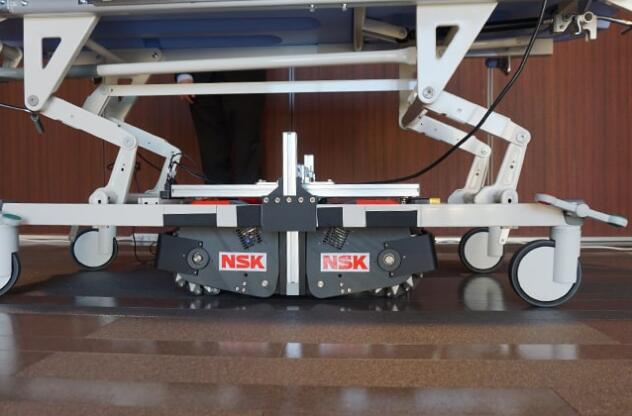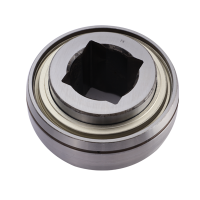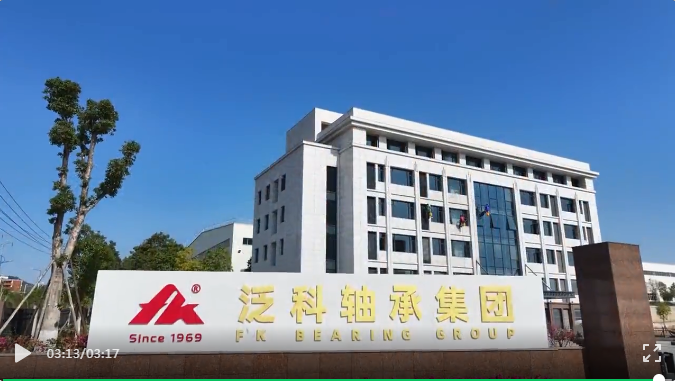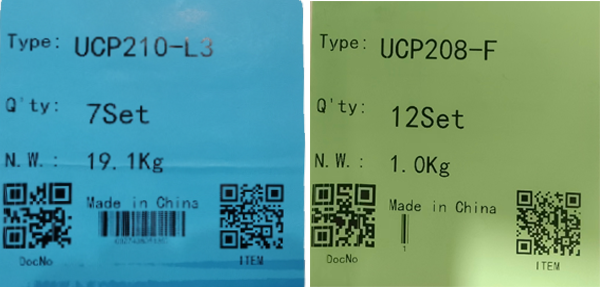
NSK is working to assist society by developing new service robot technology, including robotic devices for moving patients in medical settings. In October 2021, NSK joined a Kanagawa prefectural government project to implement robotic technology in hospitals to help prevent the spread of COVID-19. NSK is working to further develop its robotics technologies through dialogue with frontline medical staff. For this installment, we spoke with two engineers involved in this new technology development.
We are working to develop new robots to assist human users and help solve societal issues. As part of this effort, we want to create robots that can be used in settings where there are many people are moving around. One such setting is medical facilities and hospitals, and NSK has been developing robots for medical and nursing care. We believe that quietness and smooth movement-NSK's technological strengths-are ideal for applications in this field.
In the planning stage, one candidate for development was an autonomous mobile robot. However, after actually observing the inner workings of a hospital, I realized how narrow the corridors are and how many people are coming and going. Therefore, we decided that a robot that could assist staff during patient transfer would be more helpful than an autonomous mobile robot. We also realized that robotics could reduce the physical burden on medical staff and help facilitate work-style reform in the healthcare sector. Based on this approach, we built a robotic prototype that helps staff to move heavy objects such as stretchers and trolleys in hospitals. In October 2021, NSK joined a Kanagawa prefectural government project for implementing robotic technology in hospitals to help prevent the spread of COVID-19. Under this project, we are now demonstrating the use of a new service robot at Shonan Kamakura General Hospital. Our aim is for the technology eventually to be adopted for everyday use in the healthcare sector.
We need to focus on the user's essential issues well when developing these kinds of an assist robot. To achieve this, we started idea verification in short cycles. For example, rather than spending three years to develop the robot completely, it is better to get the customer's feedback every three months and improvements it during the cycle of development process.
Even if engineers tend to develop a high-performance multi-function robot in an initial step, but almost all of the robots do not fit users' essential needs. No matter how a technically brilliant, the robots are not accepted by user. This is why we set up the demonstration at Shonan Kamakura General Hospital, and we communicate directly with the staff. We have been developing the robot together with them.
The robot we developed uses a motor drive to help staff move stretchers and trolleys in the hospital. It enables smooth starting and acceleration, as well as deceleration and tight turns. By having hospital staff try operating a stretcher with the robotic prototype attached, we were able to gather immediate feedback, which we then used to improve the robot. Working on this demonstration project has reminded me that hospitals are challenging work environments that include the need for difficult manual labor. As manufacturers, we hope to leverage our know-how to support the people working in frontline healthcare.
In this project, we often get the user voice that cannot be measured as data, such as "Could you make the stretcher move more smoothly?" We tried to replace these comments into technical words and put together as specification sheet. We tuned the control parameter many times and obtained user feedback, then converted the results into numerical data. Also, once we achieved smooth stretcher movement, we then learned about other issues, including comfortable transport of patient. I think this development style will become another NSK strength going forward. We want to create a usable robot that fits the user needs.
I hope to work on other innovative projects such as this. In order to better meet the needs of society, I hope to rapidly develop the technological "seeds" for new business growth. It is always important to address social issues, but success as a business is also an important goal. Financial viability is essential in order for us to continue operating as a company. This is why I will be mindful of the balance between social contribution and business continuity.
For this project, Mr. Sugiura was responsible for marketing, including the customer relationship, while I handle technology development. This situation allowed each of us to concentrate on our essential job. I think this helped us to move forward with the development speedy, and could approach customer essential problems. I would like to help create an environment that facilitates this kind of rapid prototyping, while also developing the human resources to perform this kind of cutting-edge work.
(https://www.nsk.com)
More About FK:
FK Bearing Group Co.,Ltd. was orignally founded in 1969 and always focuses on Bearing Units in the past 50 years. FK has complete industrial chain automatic factory of its own, now FK is one of the biggest bearing parts factories in China with annal production and sales up to 18 million pieces.
2022 New Week Hot Products Recommended:
An air handler, or air handling unit (often abbreviated to AHU), is a device used to regulate and circulate air as part of a heating, ventilating, and air-conditioning (HVAC) system. In Fanke, Air Handling Bearing Units include many types. FK Group warmly welcome you to buy top quality air handling bearing units.
https://www.fk-bearing.com/products/Air-Handling-Bearing-Units/870.html

More Products please do not hesitate to view here:
https://www.fk-bearing.com/products/catalogue.html
For dimensions and specifications, contact us now.
TEL: 86-595-86396027
FAX: 86-595-86382510
E-mail: export@fk-bearing.com
Website: www.fk-bearing.com
Mobile: m.fk-bearing.com



 영어
영어 스페인의
스페인의 프랑스 국민
프랑스 국민 독일 사람
독일 사람 포르투갈
포르투갈 이탈리아
이탈리아 한국어
한국어 일본어
일본어 베트남어
베트남어 터키어
터키어 아라비아 말
아라비아 말 러시아인
러시아인 체코 사람
체코 사람 타이
타이 아일랜드의
아일랜드의 불가리아 사람
불가리아 사람 폴란드
폴란드 크로아티아어
크로아티아어 우크라이나 인
우크라이나 인 보스니아 어
보스니아 어 리투아니아 사람
리투아니아 사람 라트비아 사람
라트비아 사람 루마니아 사람
루마니아 사람 그리스 어
그리스 어 덴마크 말
덴마크 말 헝가리
헝가리 노르웨이 인
노르웨이 인 핀란드어
핀란드어 네덜란드 사람
네덜란드 사람 스웨덴어
스웨덴어 슬로바키아 사람
슬로바키아 사람 슬로베니아
슬로베니아 인도네시아 인
인도네시아 인 벵골 사람
벵골 사람 세르비아 사람
세르비아 사람 우즈벡
우즈벡




